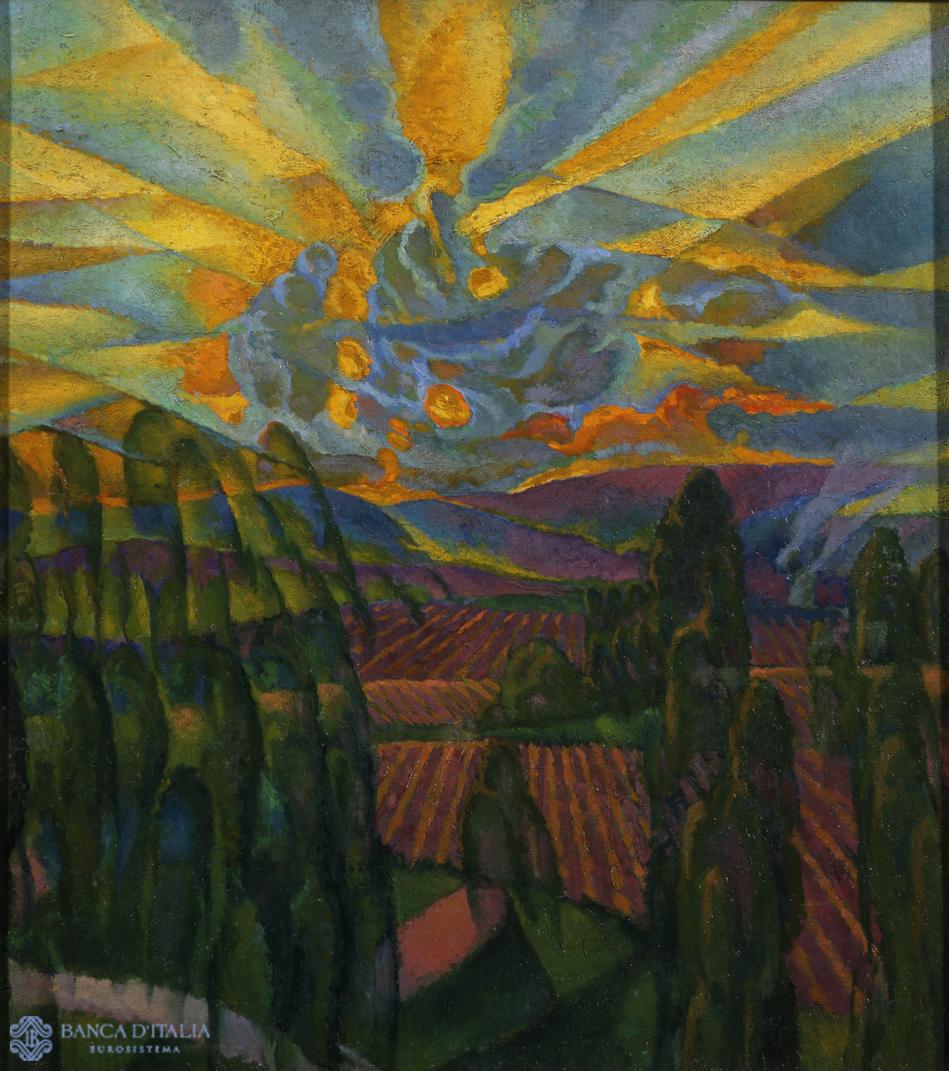Leonardo Dudreville (Venice 1885 – Ghiffa 1976) began his training with Anselmo Grubicy in the Divisionist tradition in 1906 but soon gravitated towards Futurism, his kinship with that movement being based on the themes of rhythm and chromatic dynamism.
In 1919 Dudreville began moving in the direction of a figurative style marked by a radical realism and, at the same time, oriented towards a classical organization of composition.
Rigorous both in his work and in theorizing his positions, Dudreville spoke of a painting constructed on a foundation of “clear ideas, clearly expressed”. There were therefore evident reasons for his drawing near to Margherita Sarfatti during the phase in which she was preparing the movement for a “return to order”. The year 1920 thus saw Dudreville among the founders of the Novecento group, with Achille Funi, Gianluigi Malerba, Piero Marussig, Ubaldo Oppi, Anselmo Bucci and Mario Sironi.
In 1924 Dudreville and the Novecento movement parted ways, as he was lured by a tradition different from the Italian one propounded by his friends, turning in the direction of the radical realism indicated by the German New Objectivists, which he filtered, however, through the equally extreme realism of the Flemish tradition.
Leonardo Dudreville
Leonardo Dudreville (Venice 1885 - Ghiffa 1976)
20th century AD



